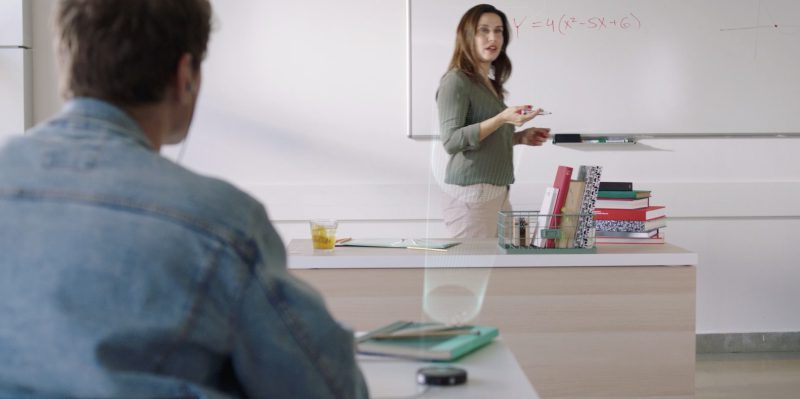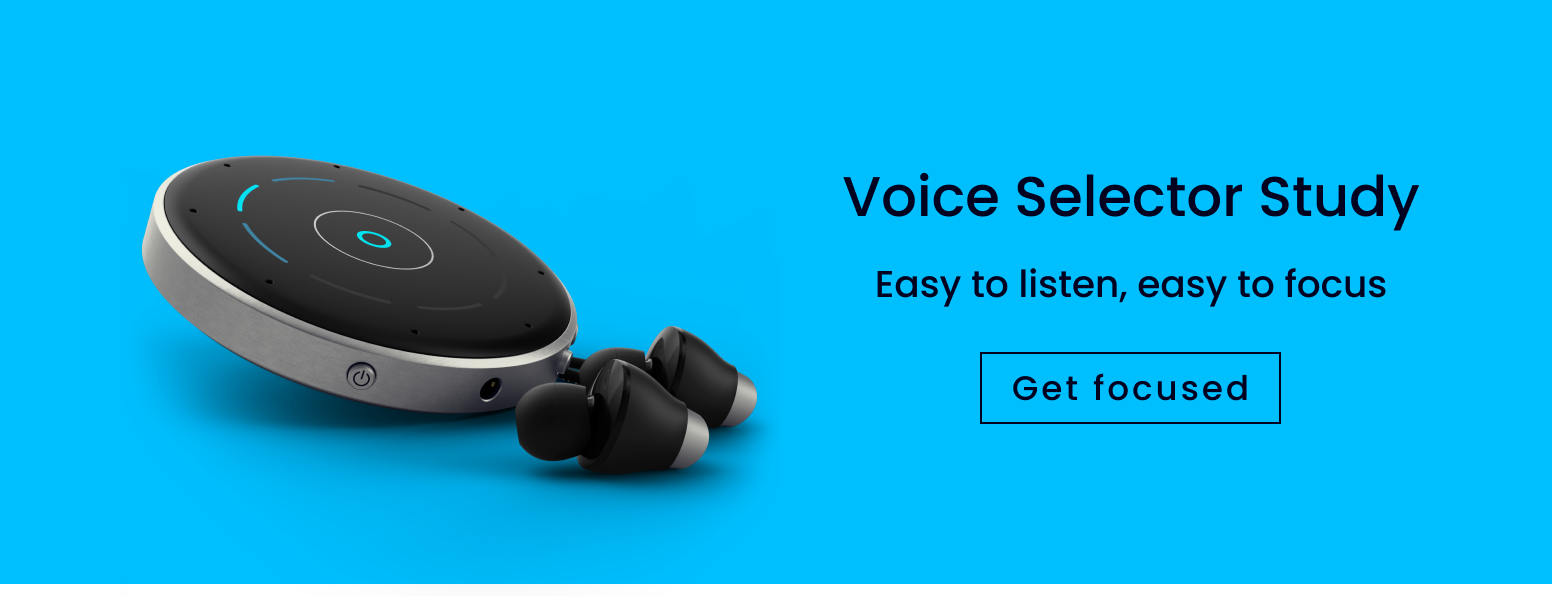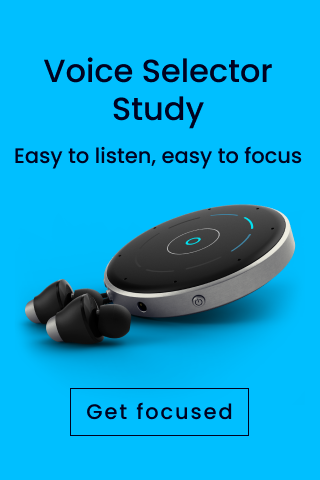
Imagine you’re in an empty classroom. You’re sitting comfortably in your chair, listening to your favorite lecturer. Not only is their talk highly interesting, but you can hear every word. Listening is easy and rewarding, and learning is a breeze.
Now imagine that this classroom is filled with other students. Some are talking, some are clicking pens, rustling notebooks, and moving around. There are noises from outside the classroom too: from the corridor and the outside world.
In those conditions, it’s easy to miss some of what the teacher is saying. It takes more and more concentration to focus on the lesson and you don’t quite catch some of their crucial explanations. Eventually, distraction kicks in and your learning suffers.
Many classrooms are no longer fit for concentration
Modern-day classrooms are becoming increasingly crowded, and this is having a serious impact on children’s learning. Research shows that noise and reverberation levels are regularly exceeding the maximum level recommended by ANSI, and the volume tends to be even louder with younger children.
Such a challenging learning environment makes staying concentrated harder than ever – especially for children with ADHD. Students need to use more brain power to pick out the teacher’s words from the background noise, leaving less available for staying focused on the lesson and learning. This means that, typically, they have less capacity to build new neural connections and make the strides needed for a healthy education. Frustration, low self-esteem, and poor classroom behavior can all too easily result.
What makes it so difficult for children?
While adults typically have the language skills to fill in the gaps using visual or contextual clues when they miss parts of someone’s speech, young children aren’t so lucky. They’re still developing those skills and are less competent at using context. So when background noise gets in the way of the lesson, they’re often unable to understand and are simply left with missing information.
What can we do to help them?
Taking care of noise levels in the classroom is a good start for improving students’ concentration. Sound-dampening panels on ceilings and floors can improve understanding, and curtains and even bookshelves can also help reduce unwanted noise.
Technology also has some answers. Classroom amplification systems, for example, project the teacher’s voice throughout the classroom, lifting their volume level above the background noise and therefore improving the signal-to-noise ratio (i.e., the volume of the desired signal in relation to the background noise). The drawback, however, is that it can encourage one-way communication, and requires the teacher’s participation.
Voice Selector Study is a new device that has been developed specifically for this problem, using acoustic beamforming technology. Simply placed on the student’s table, it amplifies the sound of the teacher’s voice and delivers this clear signal through headphones. Unlike the classroom amplification system, it can support student discussions as the device can be easily adjusted to improve concentration on a number of different voices, and it only requires the student themselves to operate the straightforward controls.

Better listening, better concentration, better learning
Picking out what the teacher is saying and engaging in beneficial classroom discussions are crucial parts of the learning experience. When listening becomes difficult, concentration levels suffer, and it’s likely that poor classroom behavior and educational progress are just around the corner.
In increasingly noisy classrooms, many students need help removing distractions and gaining the peace and quiet they need to focus their attention on learning. By improving their ability to concentrate, we can help them truly thrive at school.



